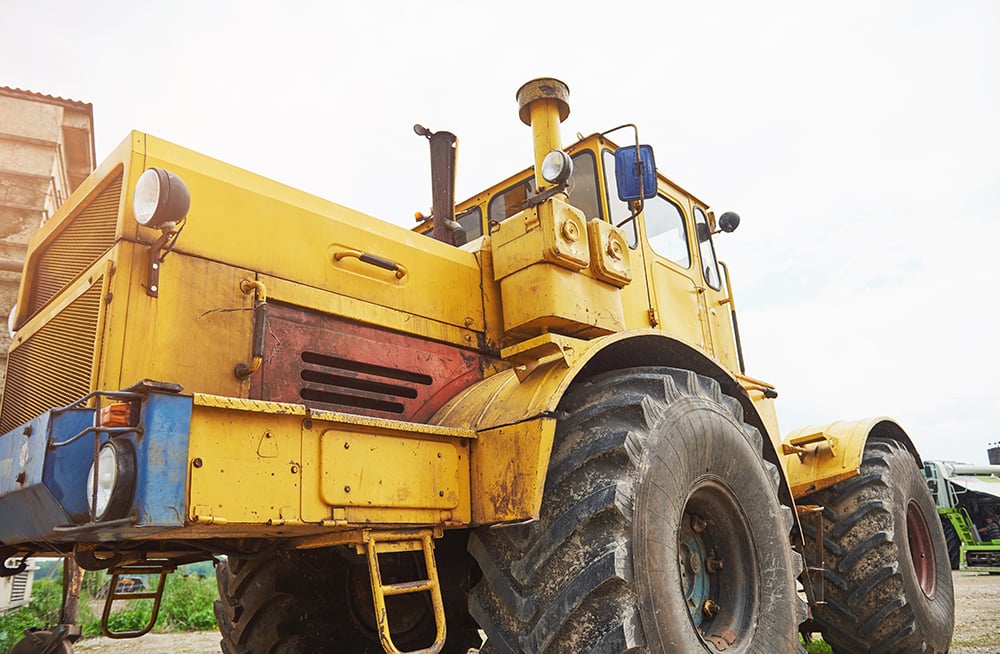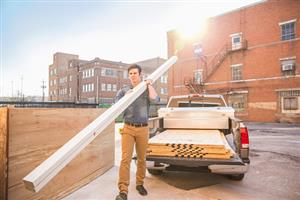
When appraising machinery and equipment, an important but often misunderstood component is obsolescence. Beyond normal physical wear and tear, obsolescence reflects the loss in value from economic or functional factors that affect an asset’s ability to perform its intended purpose efficiently and effectively. Here are some thoughts to consider when factoring obsolescence into your valuation.
Physical depreciation or deterioration is considered the most straightforward type of loss in value due to age, usage, and maintenance practices. While not technically “obsolescence”, it is considered one of the forms; however, the focus here is on the more abstract types, which are more difficult to measure.
Functional Obsolescence (Internal)
Functional obsolescence occurs when equipment is less efficient or less capable compared to newer alternatives, even if it’s still operational. Technological advancements are common with machinery that is reliant on high production capacity or lower energy consumption, such as computer equipment and CNC machine tools. Appraisers can try to estimate functional obsolescence by comparing operating costs or production capacity to new makes and models of similar specifications.
Economic Obsolescence (External)
Loss in value may also arise from factors outside the equipment itself, such as changes in market conditions, regulatory shifts, or industry demand declines. The oil and gas industry, for example, undergoes significant economic cycles, during which reduced output and changing environmental regulations affect value. These issues reflect current supply and demand. Measuring this may involve analyzing broad market data, profitability trends, or industry utilization rates.
It can be challenging to estimate obsolescence in these forms, given that appraisers may lack access to pertinent data and have difficulty determining how to calculate these percentages from information that is available. One efficient way to measure this is to work through market comparables and develop a trend or depreciation table by asset type that reflects the average annual loss in value over its useful life, while tracking new equipment pricing.
Used equipment market levels reflect all forms of depreciation and will allow you to recognize how obsolescence is factored into resale value from a buyer and seller’s perspective. If sufficient comparable sales data is unavailable, you should consider conducting interviews with business owners, maintenance managers, and equipment resellers and gathering opinions based on their hands-on experience.
In summary, estimating obsolescence requires both analytical discipline and industry insight. Combining quantitative analysis with practical experience is a balanced way to account for loss in value over time. A commonsense approach to measuring this comes with experience, as you track and develop a useful database that you can continue to update as new appraisal engagements take place.


